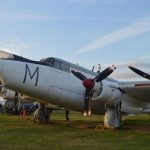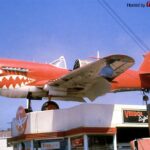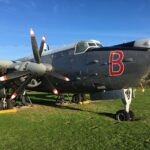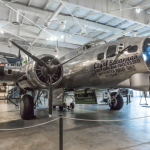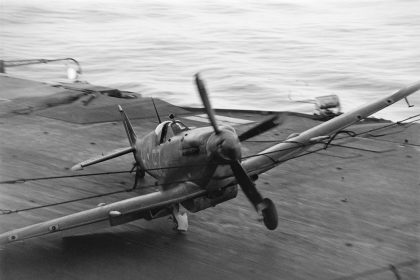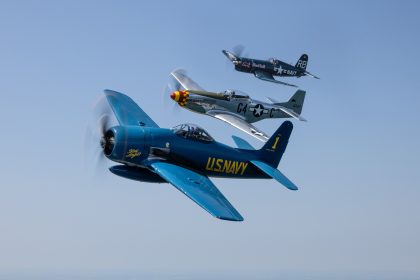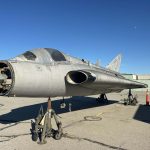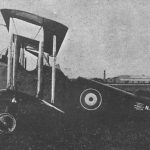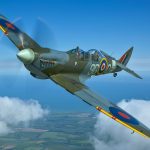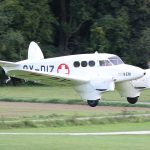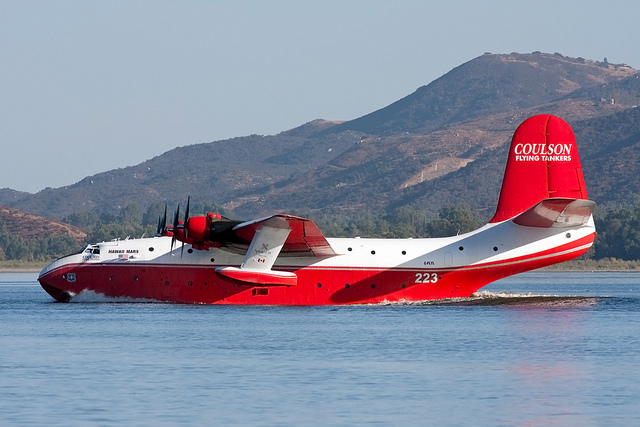On this day in aviation history, March 9, 1949, the Avro Shackleton made its maiden flight. As World War II drew to a close, the Royal Air Force recognized the urgent need for a dedicated maritime patrol bomber. The introduction of snorkels on German U-boats allowed them to remain submerged for extended periods, making detection and engagement increasingly difficult. At the time, the RAF relied on lend-lease B-24 Liberators and hastily converted Avro Lancasters, neither of which were optimized for anti-submarine warfare.
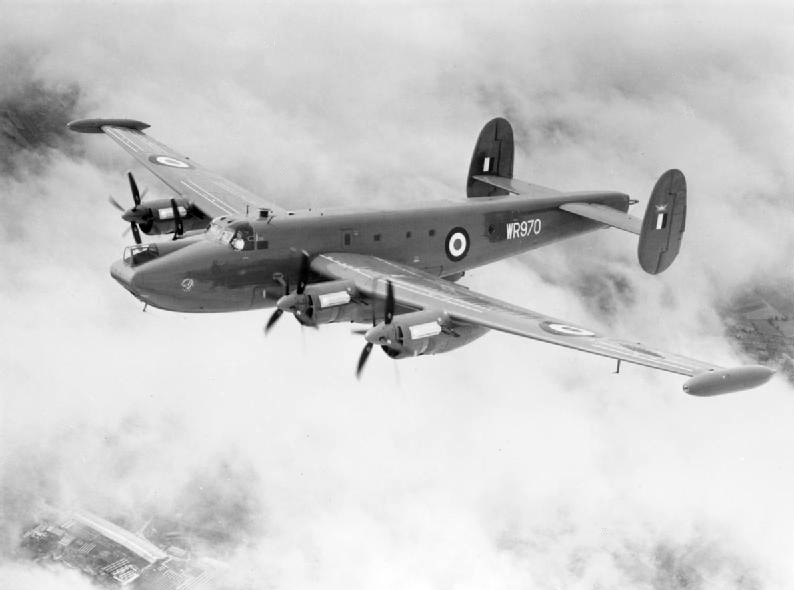
Designed specifically to fill this gap, the Shackleton became the RAF’s first purpose-built maritime patrol aircraft. As the Cold War escalated, the need for such an aircraft grew, with the Soviet Navy rapidly expanding its submarine fleet. Avro’s chief designer, Roy Chadwick, named the aircraft after British explorer Ernest Shackleton, aligning with the Air Ministry’s tradition of naming reconnaissance aircraft after explorers.
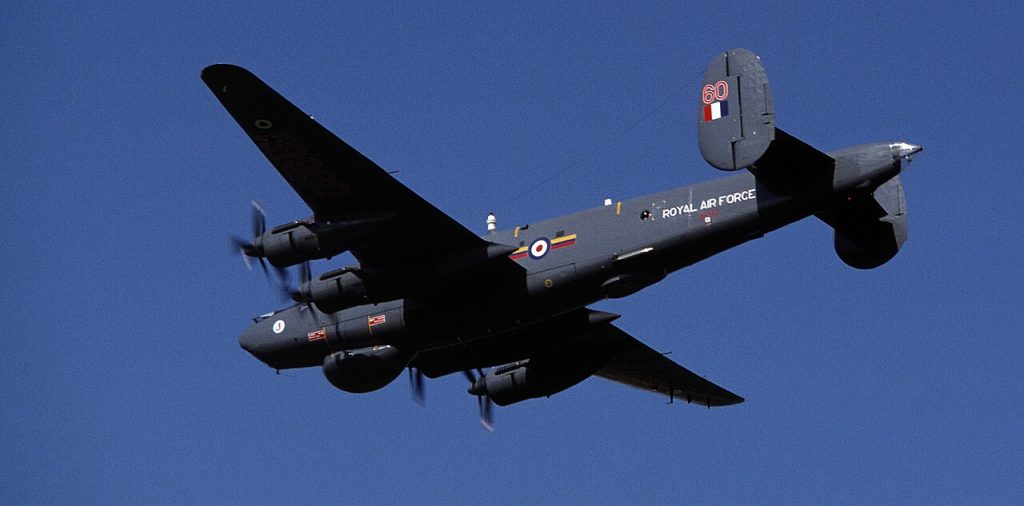
The Shackleton was powered by four Rolls-Royce Griffon 57 V-12 engines, each driving contra-rotating propellers. This configuration earned the aircraft its nickname, “The Growler,” due to the immense noise generated by its engines. With a top speed of 300 miles per hour and a range of 2,240 miles, the Shackleton was well-suited for long-endurance patrols. It was armed with two 20 mm Hispano cannons in the nose and could carry up to 10,000 pounds of bombs, torpedoes, depth charges, or naval mines.
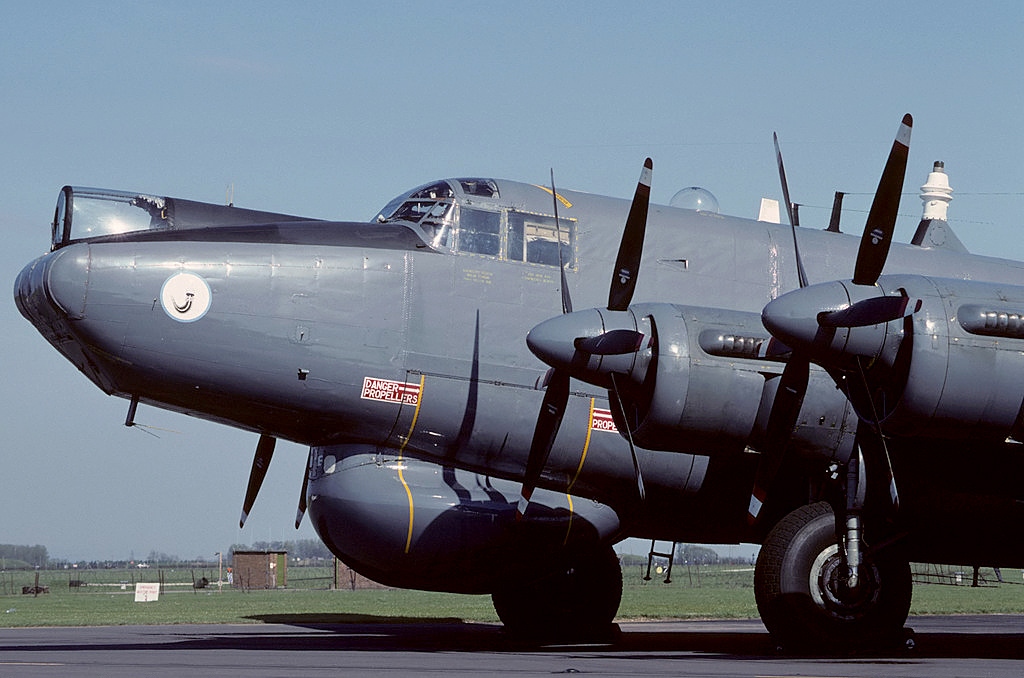
A total of 185 Avro Shackletons were built between 1951 and 1958, serving in the RAF until their retirement in 1991. Today, surviving examples are preserved in museums worldwide. The Pima Air and Space Museum in Tucson, Arizona, maintains AEW.2 WL790, the only Shackleton on display in the United States. Globally, 22 other Shackletons remain in storage, restoration, or on exhibit, ensuring the legacy of this legendary maritime patrol aircraft endures.




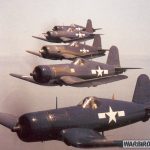
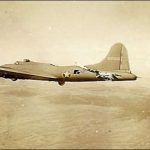
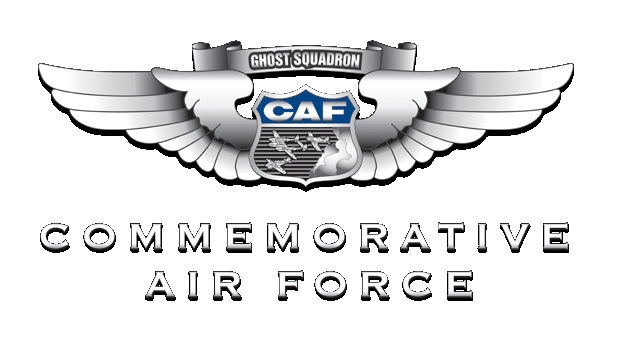
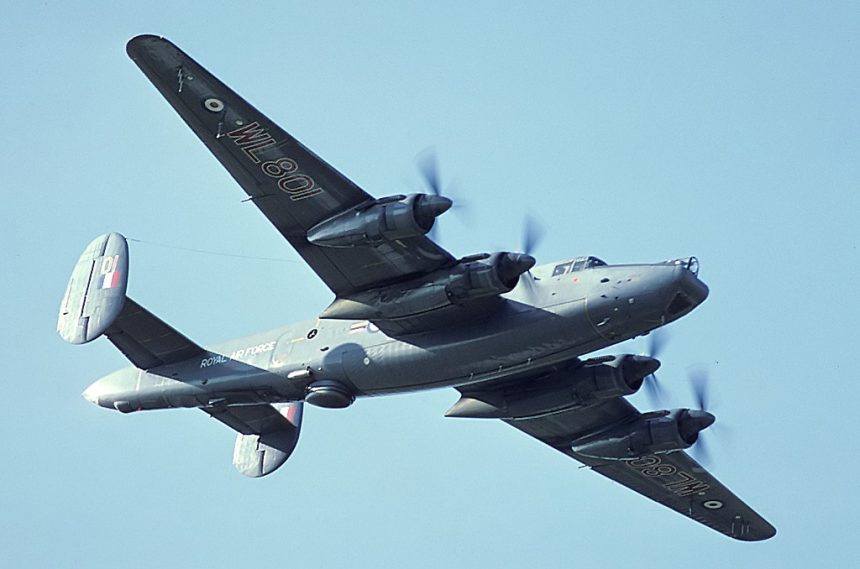

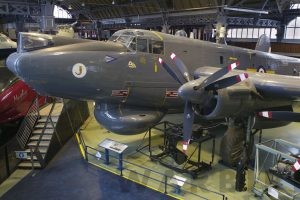
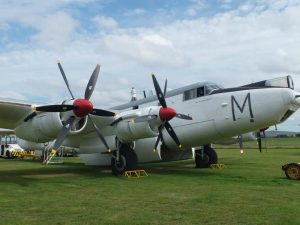
![Today in Aviation History: First Flight of the Avro Shackleton 15 Work on the museum's Avro Shackleton WR977 is a high priority for the team in 2024. [Photo by Howard Heeley, Down To Earth Promotions]](https://vintageaviationnews.com/wp-content/uploads/02.03.24-DTEP_Shackleton-WR977_7431-300x225.jpg)


